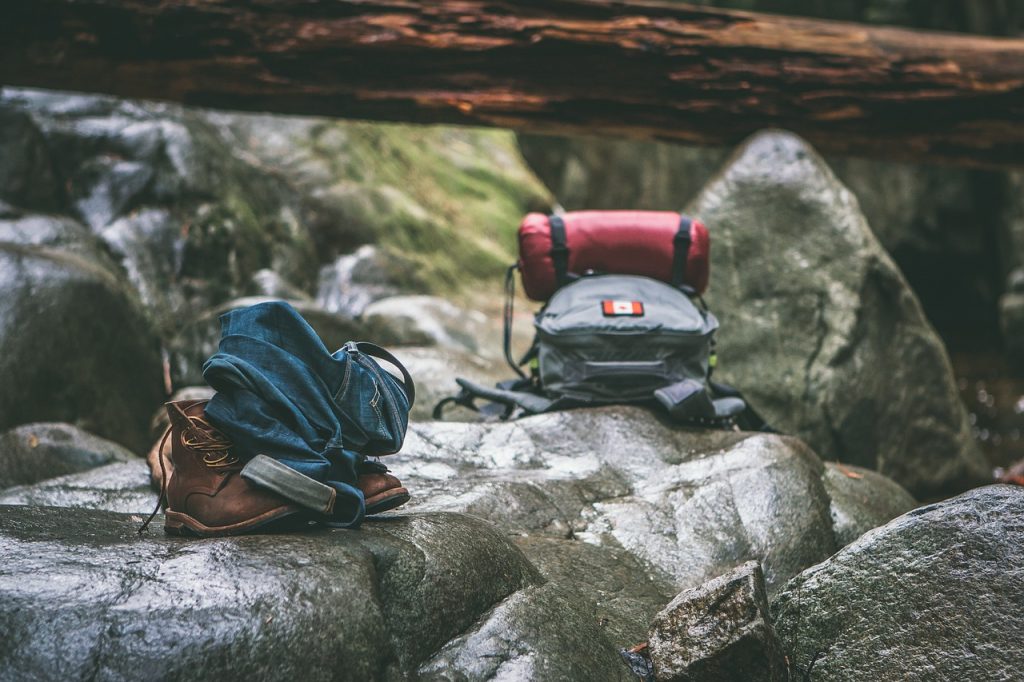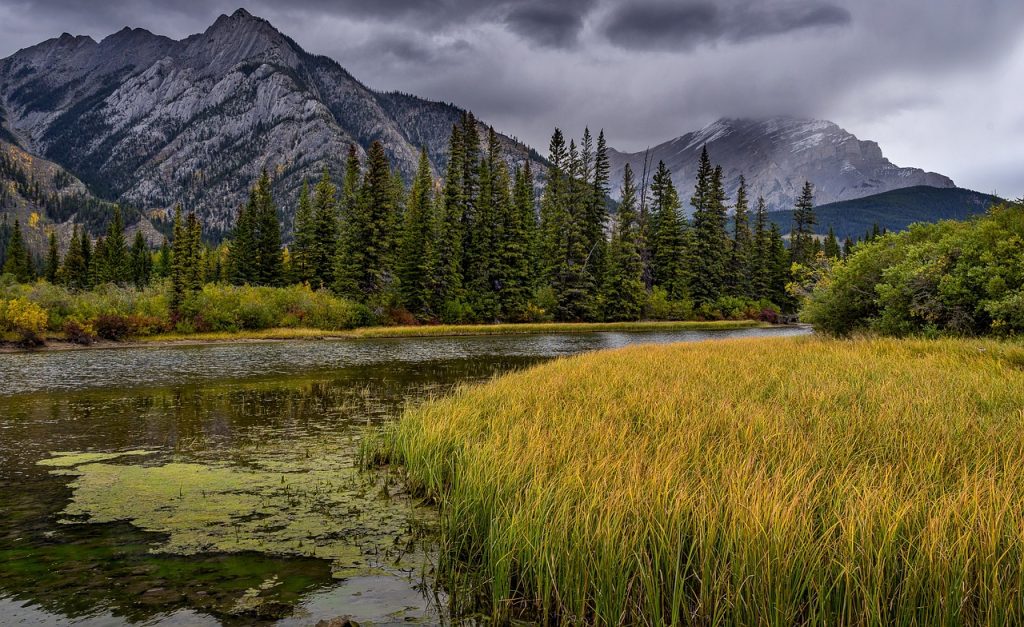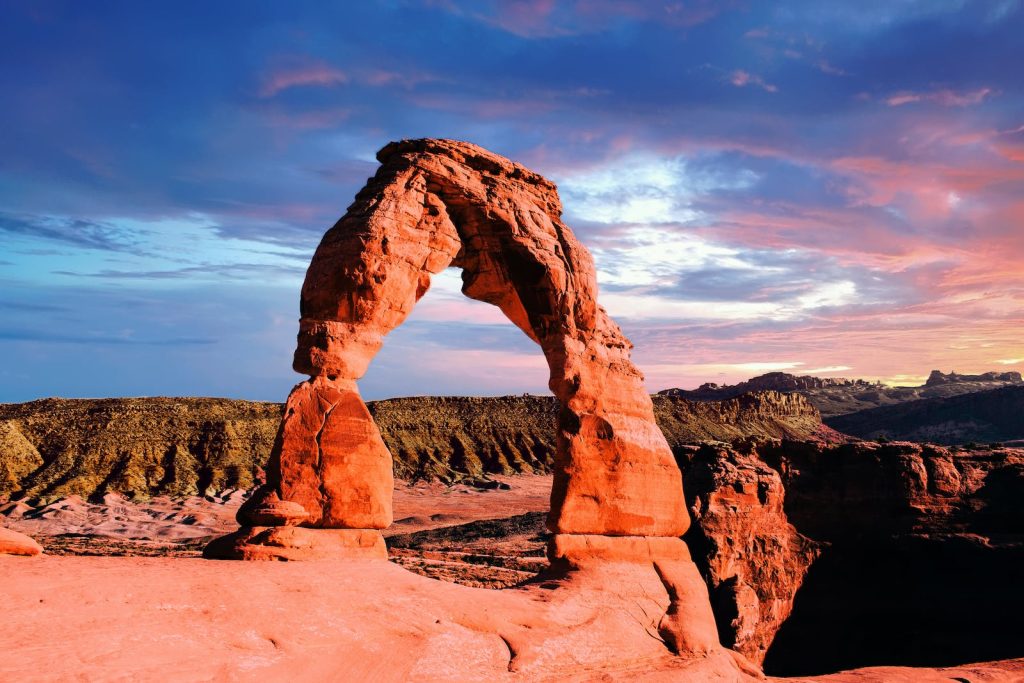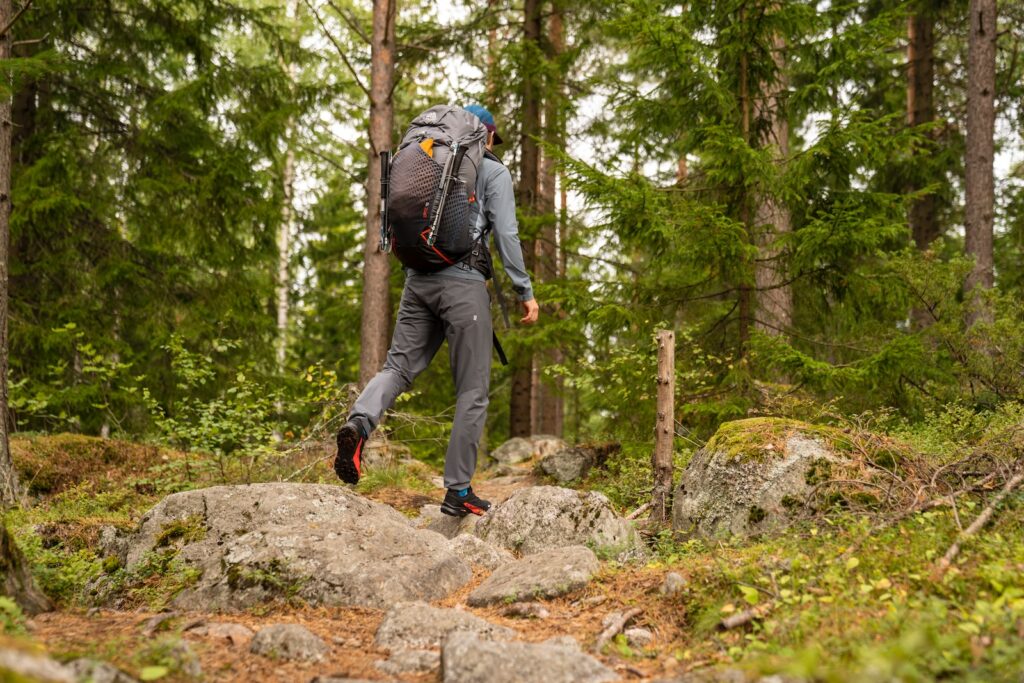

Encountering Bears on Hiking Trails: Safety Tips and Best Practices
Have you ever dreamed of embarking on an awe-inspiring hiking adventure, where the songs of nature serenade your every step? Well, picture this: you’re deep in the heart of a breathtaking forest, eyes wide with wonder at the vibrant flora surrounding you. Suddenly, amidst this tranquil paradise, a rustling sound breaks through the stillness – and before you know it, there stands a magnificent bear. Fear not!
In today’s blog post, we will equip you with invaluable safety tips and best practices to ensure that encounters with these majestic creatures become memorable moments rather than harrowing tales. So lace up your boots and join us as we navigate the intriguing world of encountering bears on hiking trails!
- Introduction to Bear Safety in Nature
- What to Do if You See a Bear on the Trail
- Common Sense Precautions for Hiking
- Bears and their Types: Identifying Different Bears
- Navigating Risky Situations with Bears
- What Should You Carry? Essential Items for Survival
- Strategies for De-escalation: Deterring bears from approaching you
Introduction to Bear Safety in Nature
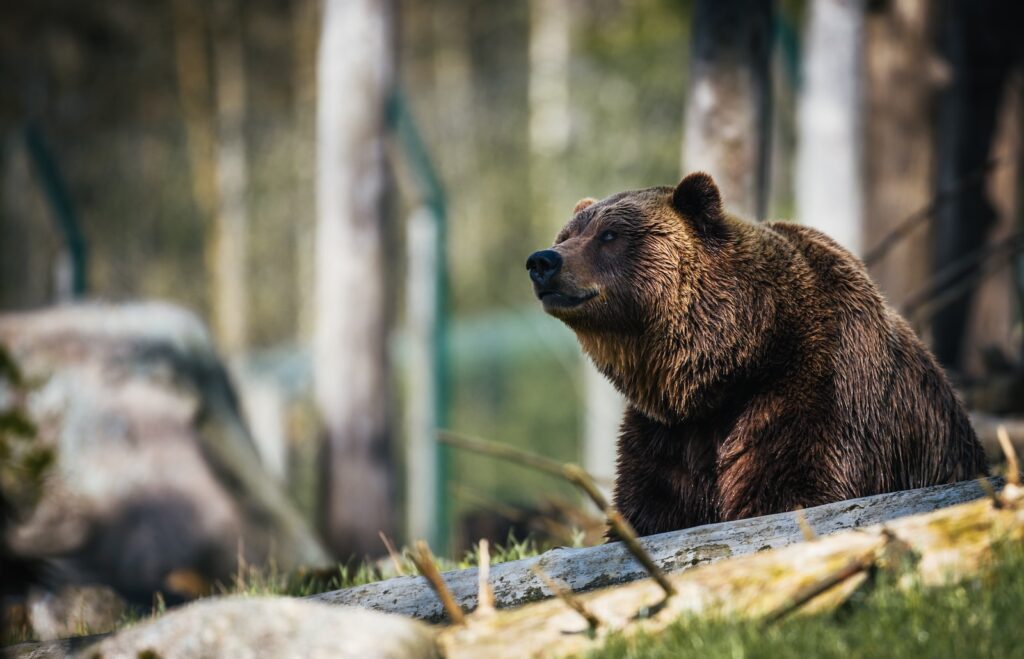
Bears are large, powerful animals that can be found in many parts of the world. Though they generally avoid humans, there are times when bears and people come into contact with each other – usually when humans are venturing into bear territory.
Whether you’re hiking in bear country or just spending time in nature, it’s important to be aware of the dangers that bears pose and how to best avoid an encounter with one. In this section, we’ll cover some basic tips for staying safe around bears as well as what to do if you find yourself in a situation where a bear is aggressive or attacking.
As a general rule, it’s best to avoid areas where bears are known to frequent. If you must go into bear territory, make sure to travel in groups and make plenty of noise so as not to startle a bear. Always carry bear spray with you and know how to use it. And finally, if you do encounter a bear, try to stay calm and avoid eye contact. Never run from a bear – instead, slowly back away while continuing to face the animal.
What to Do if You See a Bear on the Trail
If you see a bear on the trail, do not panic. Slowly back away from the bear and give it space. If the bear does not seem agitated, you may be able to continue on your hike. However, if the bear appears aggressive, make yourself as small as possible and make loud noises by clapping your hands or yelling. Never run away from a bear, as this will trigger its natural chase response. Instead, try to move slowly and calmly to safety.
Common Sense Precautions for Hiking
There are some common sense precautions that hikers can take to avoid encounters with bears while out on the trails. First and foremost, hikers should make noise while they hike. This will help to avoid surprising a bear and also give the bear time to move away from the hikers. Additionally, all garbage and food should be properly stored so as not to attract bears.
Hikers should also stay on designated trails and not venture off into areas where bears might be more likely to be found. It is important to be aware of your surroundings at all times and keep an eye out for signs of bear activity. If you do happen to encounter a bear, do not panic or run, as this may trigger the bear’s natural predatory instincts. Instead, stand your ground, make yourself look as big as possible, speak in a calm voice, and slowly back away from the bear.
Bears and their Types: Identifying Different Bears
There are 8 types of bears found across the globe: American black bear, polar bear, brown bear, sloth bear, sun bear, spectacled bear, Asiatic black bear, and giant panda. Each type of bear has unique physical characteristics that help to distinguish it from other types of bears.
American black bears are the most common type of bear in North America. They are typically small to medium in size and have black fur. However, some American black bears may have brown or blonde fur. These bears are found in forests and wooded areas across the United States and Canada.
Polar bears are the largest type of bear and are found in the Arctic region. They have white or cream-colored fur and large bodies to help them stay warm in cold climates. Polar bears typically live on land but will spend time in the water hunting for seals and other marine animals.
Brown bears are large animals with brown or grizzled fur. They are found in Europe, Asia, and North America. Brown bears typically live in forested areas but can also be found in mountains and tundra regions. Some subspecies of brown bear include the grizzly bear and Kodiak bear.
Sloth bears are small to medium-sized animals with shaggy black fur. They are found in India and Sri Lanka. Sloth bears live in forested areas and feed on ants, termites, and other small insects. These bears often sleep hanging upside down from tree limbs.
Sun bears are the smallest type of bear and are found in Southeast Asian forests. They have short black fur and a large pale yellow to white patch on their chests. Sun bears feed mostly on fruit, honey, insects, and small mammals.
Spectacled bears are also known as Andean bears and are the only type of bear native to South America. They have dark brown or black fur with a distinctive light-colored muzzle and ring around their eyes. Spectacled bears live in cloud forests and feed mostly on vegetation.
Asiatic black bears are similar in size and coloring to American black bears but can be distinguished by a white patch on their chests shaped like a “u” or “v”. These bears live in the mountains of China, Japan, Korea, India, Pakistan, Russia, Taiwan, Thailand, Laos, Vietnam and Myanmar. Asiatic black bears feed mainly on vegetation but may also hunt for small animals like birds or rodents.
Giant pandas are an endangered species of bear only found in China’s Sichuan province and several other neighboring provinces. They have thick black fur with white patches around their eyes and have evolved to survive on a diet of bamboo shoots and leaves.
Navigating Risky Situations with Bears

Bears are large, wild animals that can be dangerous if they feel threatened. If you encounter a bear on a hiking trail, it is important to stay calm and avoid doing anything that may scare or anger the bear.
Here are some tips for how to safely navigate a encounter with a bear:
-Don’t panic or make sudden movements. Move slowly and deliberately away from the bear while speaking in a low, calming voice.
-Don’t run! Bears can run up to 35 miles per hour and will likely chase you if you try to run away.
-If the bear is close, make yourself as small as possible by crouching down or lying on the ground. Put your hands over your neck and cover your head and face with your arms.
-Be prepared to use bear spray if the bear gets too close or aggressive. Bear spray is a type of pepper spray that is specifically designed to deter bears. Aim the spray at the bear’s face and keep spraying until the bear moves away.
What Should You Carry? Essential Items for Survival
When venturing into bear country, it is important to be prepared and know what to do if you encounter a bear.
Here are some essential items to carry with you:
–Bear horn or whistle: These can be used to make loud noises in order to scare off a bear.
–Bear pepper spray: This can be used as a last resort if a bear is attacking. Bear pepper spray will temporarily blind and disorient the bear, giving you time to get away.
–A knife: A knife can be used for self-defense or to cut yourself free if a bear has you pinned down.
–Hiking poles: Hiking poles can help deter a curious bear from approaching you and can also be used as weapons if necessary.
–First aid kit: In case you are injured during an encounter with a bear, it is important to have a first aid kit on hand.
Strategies for De-escalation: Deterring bears from approaching you
If you encounter a bear on the trail, your first instinct may be to panic. However, it is important to stay calm and avoid any sudden movements. Bears are often curious creatures and may approach you out of curiosity. If this happens, follow these tips for safely deterring them:
-Make yourself as large as possible by standing up tall and spreading your arms.
-Make loud noises by clapping your hands, banging on a pot, or using an air horn.
-Throw non-food items towards the bear in an attempt to startle it (but not hit it).
-Never run away from a bear – they can easily outrun you. Instead, slowly back away while continuing to make noise.
Conclusion
We hope that our guide has provided you with valuable insight into how to stay safe if you ever come across a bear while hiking. It is important to remember that even though bears can be unpredictable, they rarely attack humans and more often than not, want nothing to do with us. Following these safety tips and best practices will help keep you safe in the unlikely event of an encounter with a bear and ensure an enjoyable hike for everyone involved.

